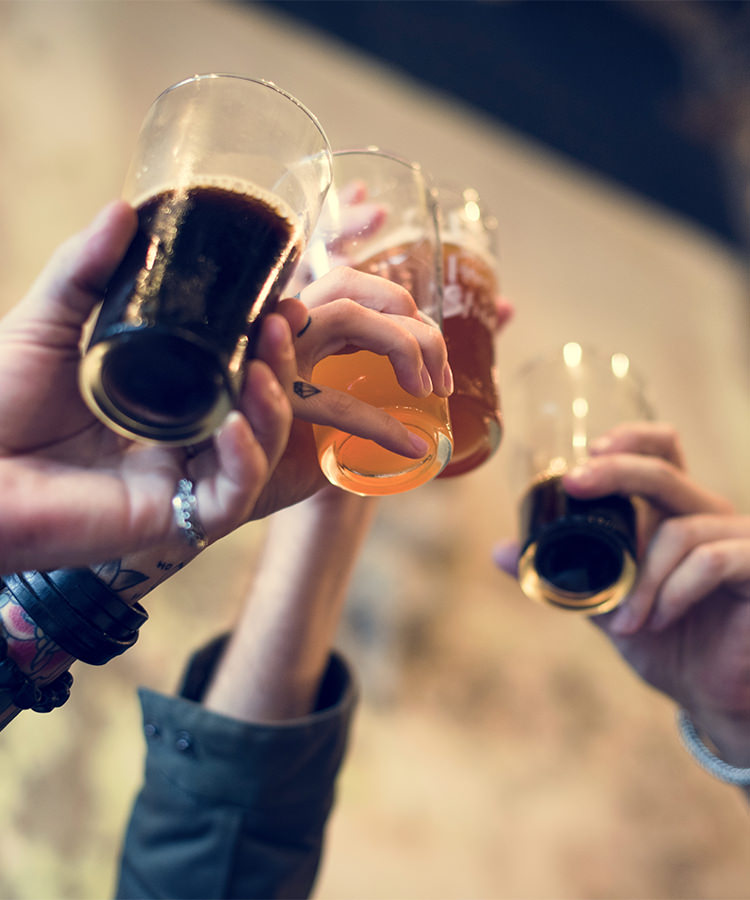Drinking quality craft beer is fun. We love to talk about the history, the styles, and the breweries, but often we overlook the economic impact of craft beer. Not only do many craft breweries make charities a priority as the industry contributed $73.4 million to charitable causes in 2016, but the amount of money they contribute to the U.S. economy and the amount of jobs they create is staggering. The Brewers Association published a report outlining the economic influence of American craft breweries for 2016 and the study’s methodology. The results are nothing short of impressive.
The Brewers Association conducted this research using two national surveys: the annual Beer Industry Production Survey (BIPS) and the bi-annual Brewery Operations Benchmarking Survey (BOBS). The report also used supplemental government and market data in addition to these surveys.
The report determined that the American craft beer industry contributed $67.8 billion to the U.S. economy — more than the entire GDP of Luxembourg and more than 100 other countries. This monetary figure was measured by the direct impact of the complete supply chain of craft beer, from brewery, to wholesaler, to retailer. In addition, the money from non-beer items such as food and merchandise sold at breweries and brewpubs contributes to the $67.8 billion figure. The study also measured the indirect economic contribution of industries that supply the craft breweries and brewpubs such as glass, malted barley, marketing firms, and brewing equipment. Induced impacts such as the wages industry members spent on additional goods and services were also a factor in the $67.8 billion economic contribution figure.
The methodology for the study used data from the BIPS and BOBS surveys, and plugged the numbers into an IMPLAN software input-output analysis to determine the larger effects of craft beer in the national and state economies. The report used the Brewers Association specific definition of craft breweries: small, independent, and traditional. Small means producing 6 million barrels or less, independent meaning less than 25% of the brewery is owned or controlled by a large alcohol beverage company, and traditional is characterized as a brewery whose beer flavor is a result of traditional or innovative ingredients and their fermentation (no fermented malt beverages like Four Loko).
Charity wise, breweries sent monetary donations, canned water for areas impacted by hurricanes, and held events for charity. A full list can be found on the Brewers Association website.
Craft brewers donated an estimated $73.4 million to charitable causes in 2016! https://t.co/pc82WBHBI8 #independentbeer
— Brewers Association (@BrewersAssoc) September 25, 2017
Almost as important as the monetary results is the amount of jobs the craft beer industry created in 2016. The craft beer industry created 456,000 full-time jobs, 128,000 of which were directly at breweries and brewpubs. This is especially significant, as employment numbers are a crucial economic indicator like GDP. Wrapping your head around these numbers can be a lot to absorb, but understanding the economic impact of craft beer is just one of the pillars that helps explain its growing popularity.
